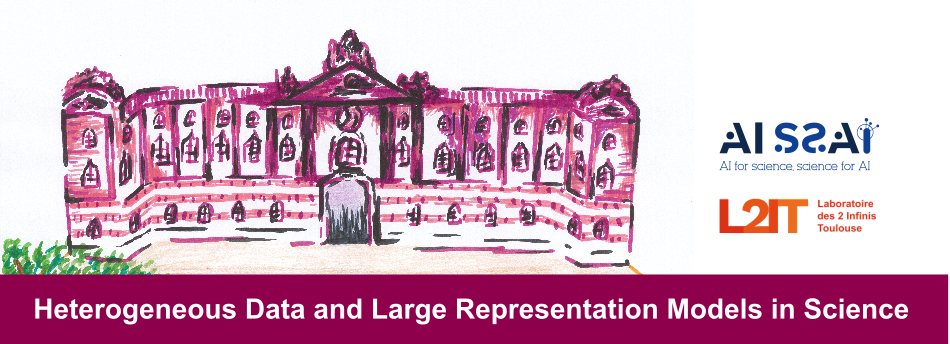Speaker
Description
In January of this year, the European Space Agency officially adopted the space-based gravitational wave detector, LISA, as a mission, to launch in 2035. LISA will open up a new band in the gravitational wave frequency spectrum, at millihertz frequencies. This band is expected to be very rich in sources, ranging from binaries of compact stars in our galaxy, to binaries involving supermassive black holes in the centres of galaxies, to stochastic backgrounds formed. In contrast to ground-based detectors, these sources will be overlapping in the LISA data in both time and frequency, posing a complex data analysis problem necessitating a simultaneous global-fit to all sources of all types. Data analysis will be further complicated by instrumental artefacts, including gaps and glitches in the data and an unknown and time-dependent instrumental noise level, and imperfect knowledge of signal models. In this talk, I will present the LISA data analysis challenge, describe the approaches that are being developed to tackle it using standard techniques, and highlight areas where novel machine learning approaches are or could be developed to improve the efficiency of the analysis.
| Contribution length | Long |
|---|

